Overview
Map
Other Details
محبسة مار شلّيطا
Hadchit
Bcharre
North
محبسة مار شلّيطا - وادي المذابح حدشيتوادي المذابح هو من روافد الوادي المقدَس، وفيه محبسة مار أرتاميوس (شليطا) وتعود للقرن الحادي عشر. مؤلّفة من عقد سريريّ ينتهي بحنية نصف دائريّة، البناء أصبح اليوم أثرًا. في الموقع بقايا عظام بشريّة.The Hermitage of St Chalita - The valley of Mazabeh HadsheetThe valley of Mazabeh is a part of the Holy Valley descending from Hadsheet. In the valley stands the hermitage of St Artemius (Chalita in syriac) dating back to the XIth century. The building is in ruins consisting of a cribbed vault ending with a semi circular apse. The church contains remains of human bones.
Visited 2335 times, 5 Visits today



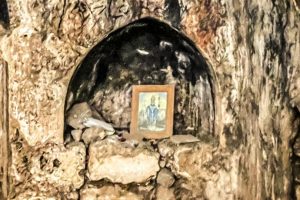
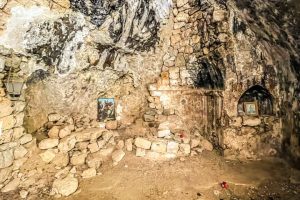
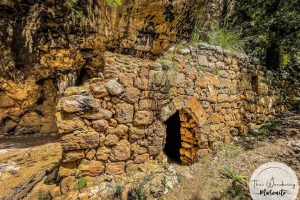
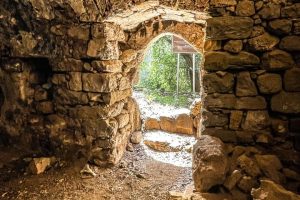
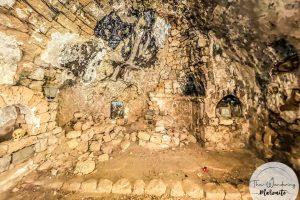
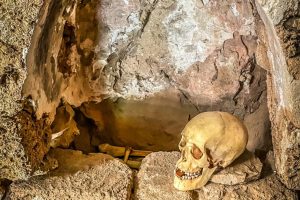







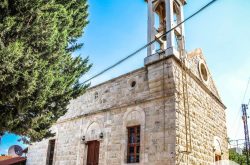
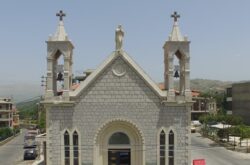
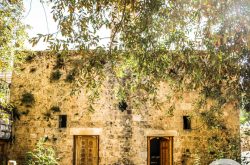
Reviews are disabled, but trackbacks and pingbacks are open.